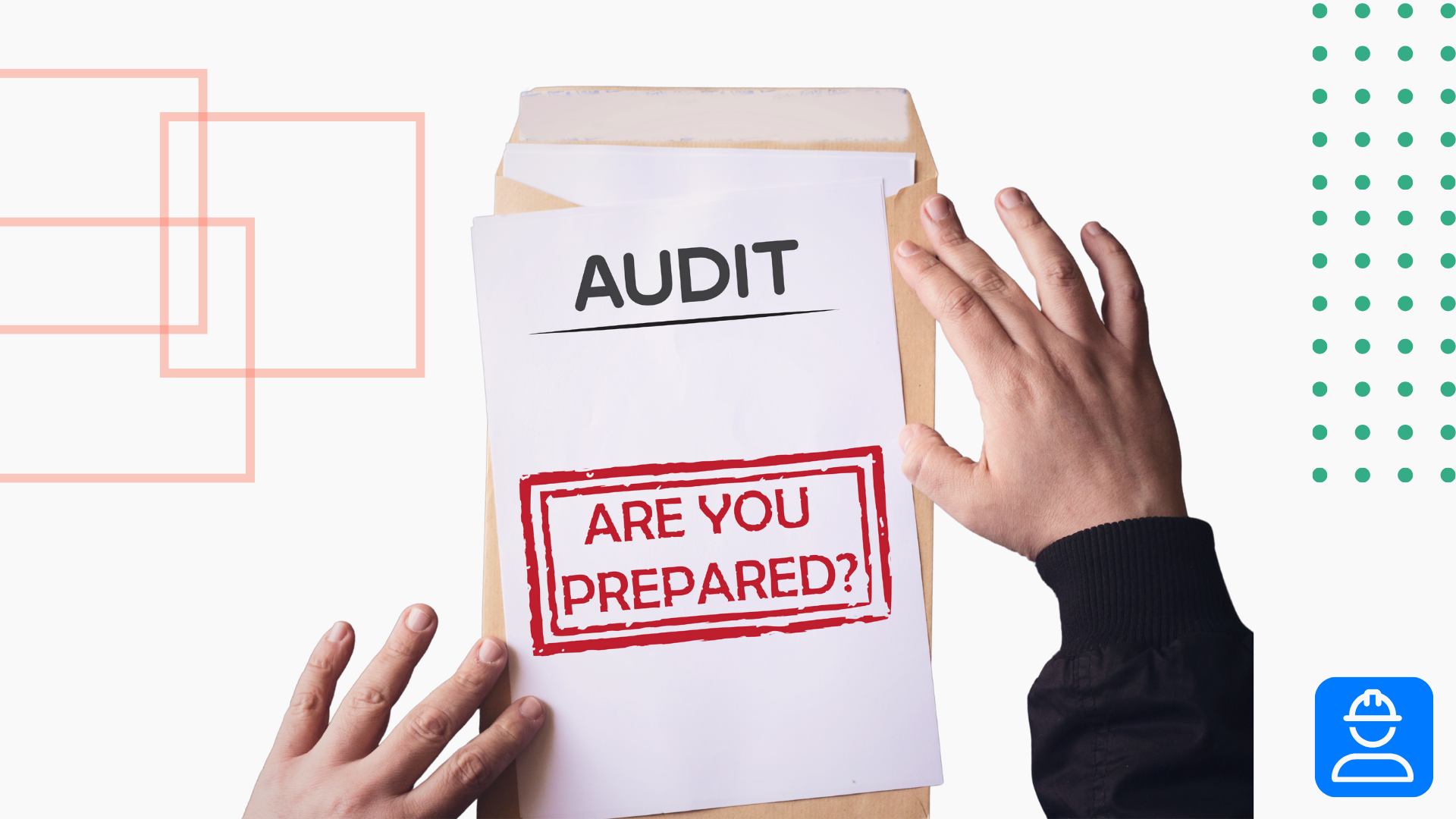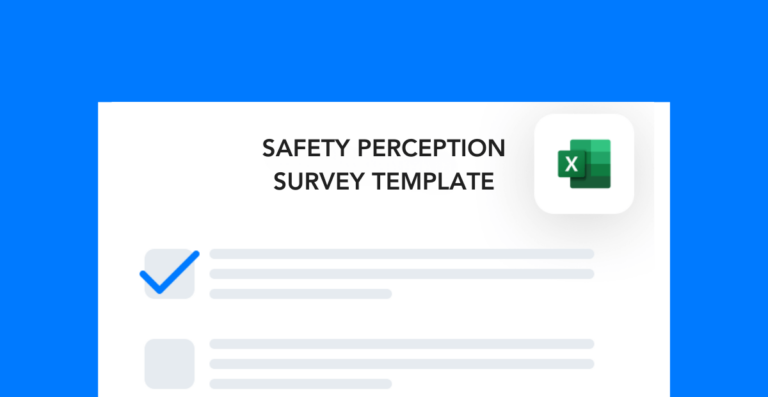A safety program audit ensures that your EHS department is effectively protecting workers and improving conditions. And it’s important to do an audit at least once per year so your team stays on track with its goals and initiatives. Below are the things I look for when auditing my site’s EHS program and overall performance.
Safety performance metrics
Before I do anything else, I always like to start by pulling the latest performance metrics. From TRIR to training items past due, I look at as many quantitative metrics as possible.
This gives me a jumping off point, so I know where to focus the bulk of my energy. If, for example, I see that we’ve had a lot of safety incidents in a specific area, I’ll begin my safety program audit there.
Because most EHS departments don’t have enough resources, it’s important to spend them wisely. By starting with the worst areas of performance, you have the best chance to gain valuable insights from your audits.
Employee engagement and behaviors
Employee behavior is one of the biggest indicators of a successful or unsuccessful safety program. When I do a program audit, one of the first things I do is observe workers performing their tasks. Here are some of the questions I ask:
- Do workers wear the correct PPE for their tasks?
- Do workers take care of their equipment and workspaces?
- How well do workers understand the basic safety requirements of their tasks?
- Do workers know where to report safety hazards?
Besides just observing people at work, I also like to talk to them. I walk around the site and try to get a pulse on the safety perception. The goal here is to have candid conversations and learn at least a few areas of improvement from each person.
Quality of safety documentation
Documentation is a huge part of any EHS department’s performance. In my opinion, the quality of documents like incident reports and safety policies can tell you a lot about the EHS program’s effectiveness.
Take for example incomplete or inaccurate reports. This tells me that the department is either stretched too thin or simply doesn’t care about quality documentation. Either way, these are issues that I need to address.
After all, if we can’t rely on the information in our EHS documents, how can we expect to perform well under pressure? Keeping a high standard for documentation helps ensure excellence in the application of critical policies and procedures.
Compliance with regulatory requirements
Of course, no safety program audit is complete without reviewing regulatory compliance. This is often the most time-consuming area to audit. And that’s because, depending on your industry, there may be a lot of requirements to cover.
That’s why I prefer to break down regulatory audits into smaller pieces. Instead of doing one bulk review, I audit different standards or sets of standards one by one.
For example, OSHA’s process safety management standard has 14 different elements to it. It’s easier to audit compliance with that standard alone than it is to lump it in with all other areas of compliance.
But if you’re looking to make your program audit all inclusive, I’d touch on all the major compliance issues:
- Incident and fatality reporting
- Safety training compliance
- Employee onboarding and documentation (contractors included)
- General workplace conditions and hazards
There may be some other areas you include, like environmental compliance, if your company has a major footprint. But otherwise, I’d stick to general worker health and safety requirements.
Site emergency readiness
It’s just as important to look at the future of your site’s safety performance as it is to look at what’s happening now. You can do this by reviewing your emergency preparedness plan and the procedures you have in place.
Here are some areas to audit:
- Emergency signage (placement and accuracy)
- Emergency plan documents
- First aid kits and supplies
- Results of recent safety drills
As you review your emergency response plan, talk to workers about it. You’ll want to gauge how well they know what to do during different situations. If the results are poor, that tells you that you’ll need to update and improve your emergency preparedness training for both existing employees and new hires.




